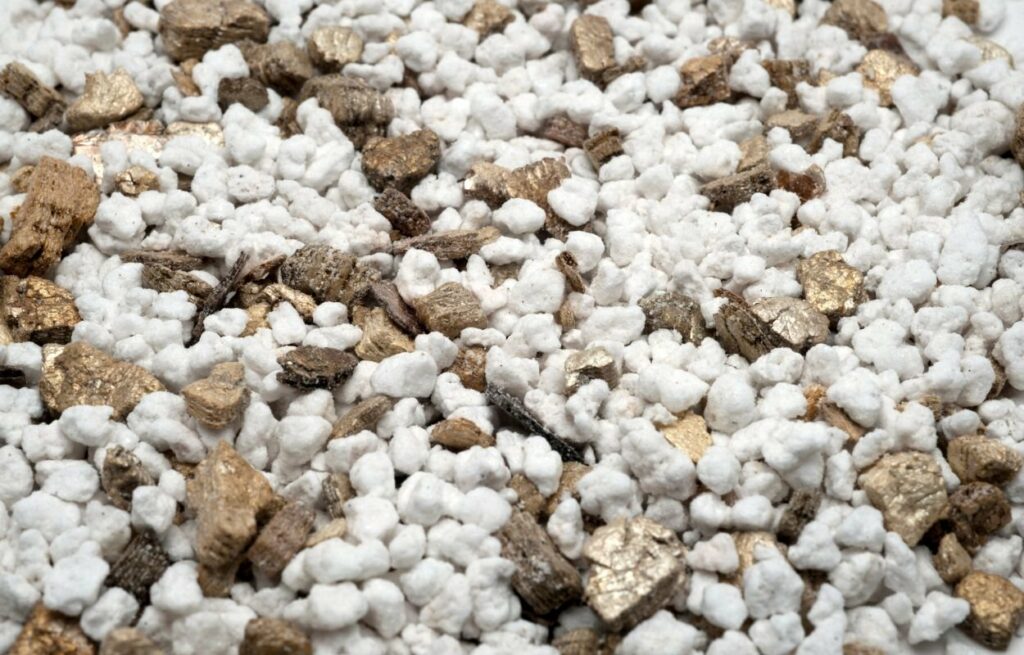
Vermiculite, a naturally occurring mineral, has found its way into homes and industries for various applications. From gardening to insulation, its lightweight and fire-resistant properties make it a versatile choice. However, beneath its seemingly innocent facade lies a spectrum of negative aspects that demand attention. In this blog post, we will delve into the darker side of vermiculite, shedding light on its drawbacks, with a particular focus on vermiculite abatement.
THE DECEPTIVE EXTERIOR
Vermiculite, with its shiny flakes and porous structure, may appear harmless at first glance. Many are drawn to its use in gardening and construction, unaware of the potential risks associated with prolonged exposure. The substance itself is a member of the phyllosilicate group of minerals, which also includes asbestos—a key player in the narrative of vermiculite’s drawbacks.
ASBESTOS CONTAMINATION
One of the major concerns surrounding vermiculite is its frequent contamination with asbestos. Asbestos, known for its carcinogenic properties, poses a serious threat to human health when inhaled. Traces of asbestos in vermiculite can lead to respiratory issues, with long-term exposure increasing the risk of severe diseases such as asbestosis and mesothelioma.
VERMICULITE ABATEMENT: UNRAVELING THE PROCESS
Vermiculite abatement becomes necessary when the mineral is found to be contaminated with asbestos. This process involves the careful removal and disposal of vermiculite-containing materials to prevent further exposure. While vermiculite abatement is crucial for minimizing health risks, the procedure itself can be complex and should not be attempted unless by professionals.
ENVIRONMENTAL IMPACT
Beyond the immediate health concerns, vermiculite poses environmental challenges. The mining and processing of vermiculite contribute to habitat disruption and soil degradation. Additionally, the release of asbestos fibers during these activities further compounds the environmental impact. Sustainable alternatives must be considered to mitigate the ecological footprint associated with vermiculite use.
LIMITED FIRE RESISTANCE
While vermiculite boasts fire-resistant qualities, it is essential to note the limitations of this feature. High temperatures can cause vermiculite to break down, releasing potentially harmful substances into the air. This undermines its reliability in applications where extreme heat is a recurrent factor, such as in certain industrial settings.
LACK OF LONG-TERM STABILITY
Vermiculite’s structural stability over time is another cause for concern. In construction and insulation, materials need to withstand the test of time. However, vermiculite’s tendency to compress and degrade over the years may compromise its effectiveness in providing long-term insulation or structural support.
In conclusion, while vermiculite has earned its place in various industries, it is crucial to approach its usage with a discerning eye. The potential risks associated with asbestos contamination, environmental impact, limited fire resistance, and long-term stability must be carefully considered. Vermiculite abatement becomes a pivotal process in mitigating these risks, highlighting the need for responsible handling and disposal. As we explore alternatives and strive for safer practices, a comprehensive understanding of the negative aspects of vermiculite is essential for ensuring the well-being of both individuals and the environment.


